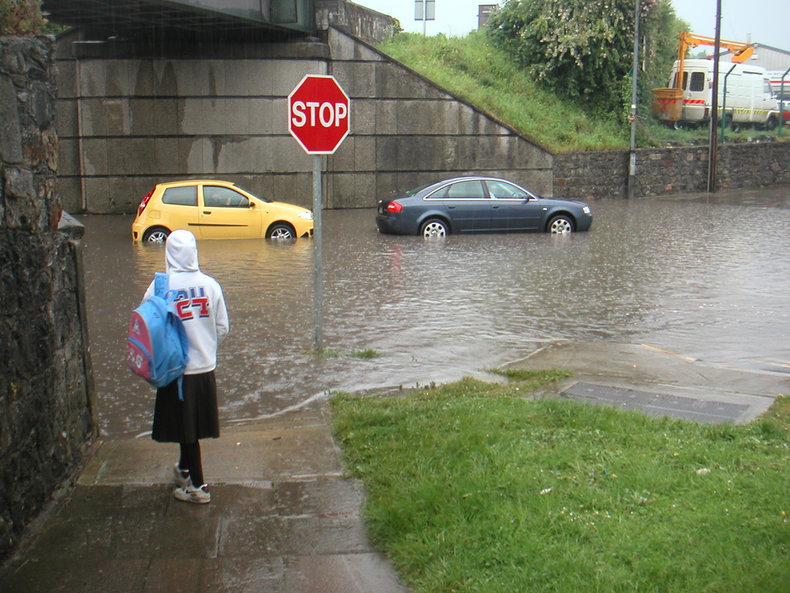
| Overview: Sponge City | ||
Type | ||
Definition | A city that is designed to passively absorb, clean and use rainfall. | |
Related Concepts | Rain GardensResilient CitiesRoof GardensPassive Design | |
|
top
»
world
»
cities
»
urban planning
»
sponge city
What is a Sponge City? John Spacey, updated on

SocietyThis is the complete list of articles we have written about society.If you enjoyed this page, please consider bookmarking Simplicable.
Resilient CitiesAn overview of resilient cities.Linear Park
The common types of linear park.
Blue Roof
The common types of blue roof.
Urban Agriculture
The common types of urban agriculture.
StoicismThe definition of stoicism with examples.Co2 EmissionsNations ranked by total CO2 emissionsCity IssuesA list of common city issues.Community ProblemsA list of common community problems.Environmental Problems
A list of common environmental problems.
Public Property
An overview of public property with examples.
Sustainable Urban DesignA list of sustainable urban design techniques.Green Walls vs Green Facades
The difference between a green wall and green facade.
Clean Air Zone
An overview of clean air zones.
Green InfrastructureAn overview of green infrastructure with examples.TrendingThe most popular articles on Simplicable in the past day.New ArticlesRecent posts or updates on Simplicable. Site Map
© 2010-2023 Simplicable. All Rights Reserved. Reproduction of materials found on this site, in any form, without explicit permission is prohibited. View credits & copyrights or citation information for this page. |
|||||||||||||